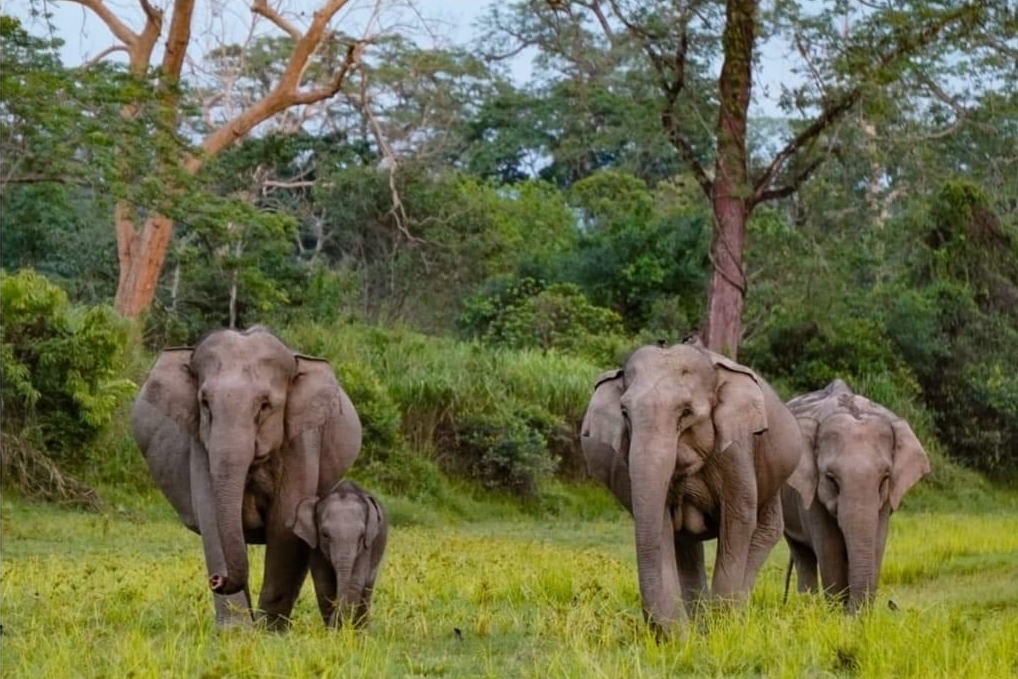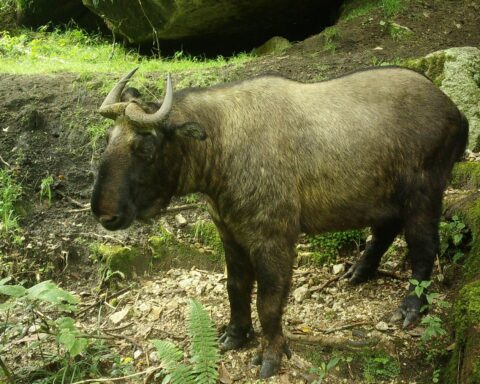Itanagar: A few days after “10 elephants transported to a temple in Gujarat” made headlines, the arunachal forest dept has announced plans to opt for DNA profiling of all the captive elephants in the state.
Speaking to NewsFy, Millo Tasser, the state’s deputy conservator of forest (wildlife) said that DNA profiling will help the forest department estimate the population of captive elephants. “It can also stop illegal activities, including poaching and selling of elephants,” he said.
What is DNA profiling?
DNA profiling is a method to differentiate between individuals of the same species using samples of their Deoxyribonucleic acid (DNA).
Tasser, who was disappointed by the public reaction to the viral video on the transportation of 10 elephants, said those were captive elephants and were sent to Gujarat following proper procedures.
“They (elephants) were not sold, rather were sent to other states for religious affairs only through gift deeds,” he said.
Tasser said in order to send captive elephants to other states from Arunachal Pradesh, several documents are required.
“The documents include an ownership certificate, registration certificate, permission from the chief wildlife warden, microchip number and no-objection certificate from the destination’s (Gujarat in this case) forest department. In case a female elephant gives birth to a calf, a birth certificate of the calf is also required,” he said.

On the intervening night of June 05 and 06, several trucks were intercepted by the members of the Adi Students’ Union at Pasighat, the headquarters of East Siang district.
The trucks were carrying 10 elephants from Namsai town and were destined for Radhe Krishna Temple in Jamnagar, Gujarat. The trucks were later released after the local authorities verified the documents with the lorry drivers.
Also Read: Security beefed up at TRIHMS over drug peddling reports
Reports suggest that domesticated elephants used to be engaged in Arunachal Pradesh to pull and load heavy timber on trolleys and trucks. Many timber traders in the state were left with nothing to do for their pet elephants after the Supreme Court banned felling in 1996.
Since elephants are very high maintenance animals, several owners are unable to maintain them and have been sending them to several locations in India, especially temples.
In all, 17 elephants have been sent to Gujarat alone this year (seven in March and 10 in June).
The largest living land animal in Asia, the Asian elephant has been listed as endangered on the IUCN Red List.
According to reports, its population has declined by at least 50% over the last three elephant generations, which is about 60–75 years.





